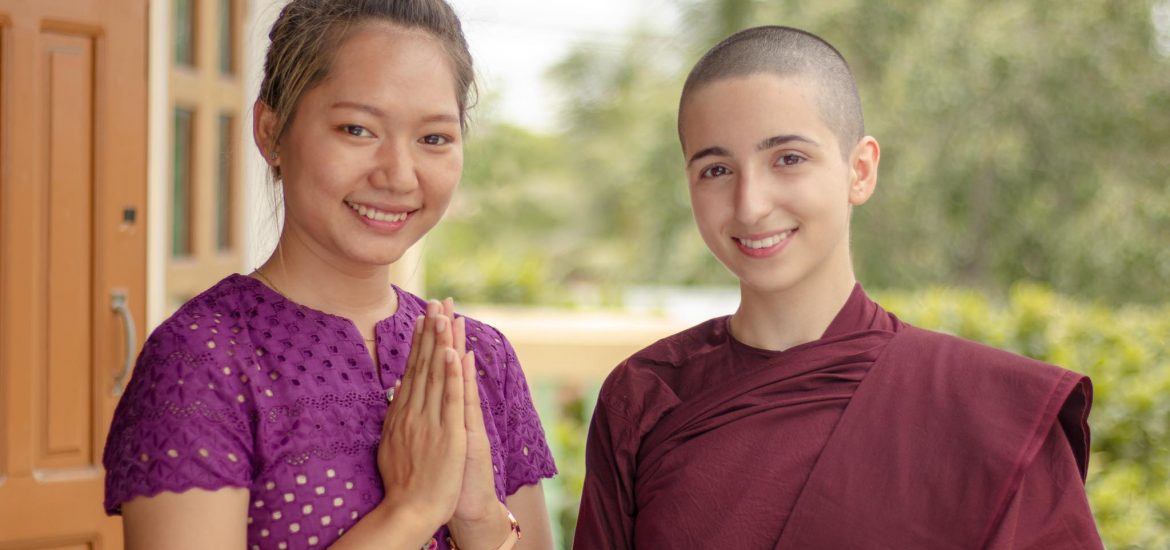One of the flashpoints shaping the future of Buddhism is the place and progress of women in Theravada Buddhism, the dominant Vehicle in Southeast Asia. Each country’s circumstances are unique, but in Myanmar, a country with deep Buddhist roots, it is a legal offence for women to ordain as a bhikkhuni, and punishable by imprisonment. The severe legal constraints placed on aspiring bhikkhunis are intellectually supported by a powerful “legalist” establishment of senior monks in Myanmar. When it comes to the highest monastic office for both women and men, Burmese society and law warn one half of the country to forget it.
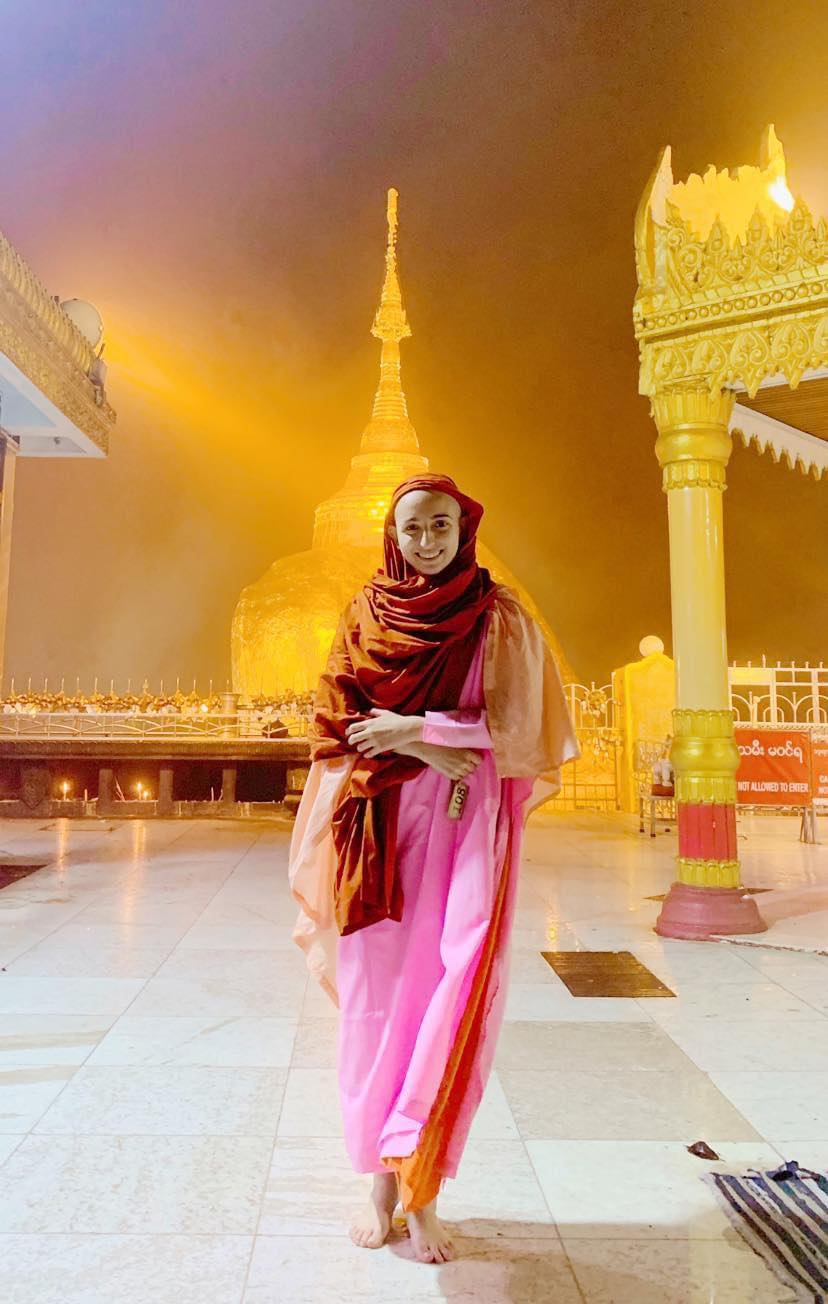
The best thing that women can hope for is to ordain as thilashin, the equivalent of a samaneri or Thai mae chee. Admittedly, they possess more authority than equivalents from other countries. In fact, the legalists argue that for all intents and purposes, thilashin can do the same things as bhikkhus, fully ordained men: going on alms rounds, seeking donations and teaching the Dhamma. For Italian-born Gotami, being a thilashin is a spiritual state of learning and teaching that she is comfortable with, as long is it is what the Burmese tradition can offer for now. Since 2020, she has been rapidly emerging in online circles as an articulate female voice. She is a modern-day dhammabhanaka who is as immersed in the Burmese tradition as a foreigner can be. Furthermore, her thorough, ongoing education in Asian and Buddhist studies, large audience on the Internet, and charisma mean that she is quickly becoming a source of inspiration to many.
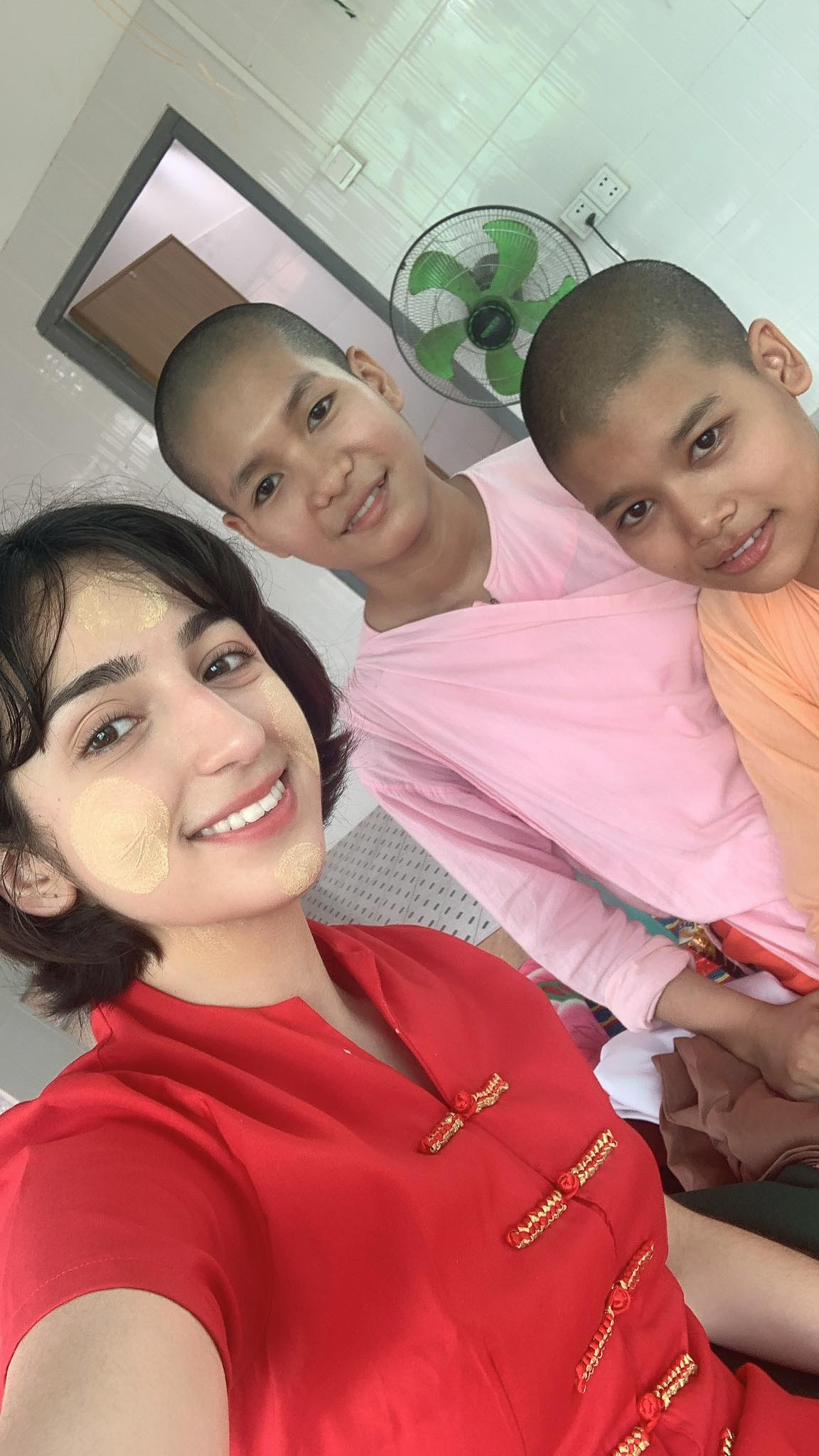
At the tender age of 23, Gotami – this is her Dharma name, with her secular name being Martina – admits to having always been an “adventurous kind of girl.” I could not agree more, given how she even ended up in Myanmar to begin with. She has shared her story on this blog before, and what she wishes most for people to know is that her affinity with the Dharma began early and is a lifelong bond. She was already extremely active as a layperson, but began the next stage of her spiritual life – formal ordination, if only as a thilashin for now – last year.
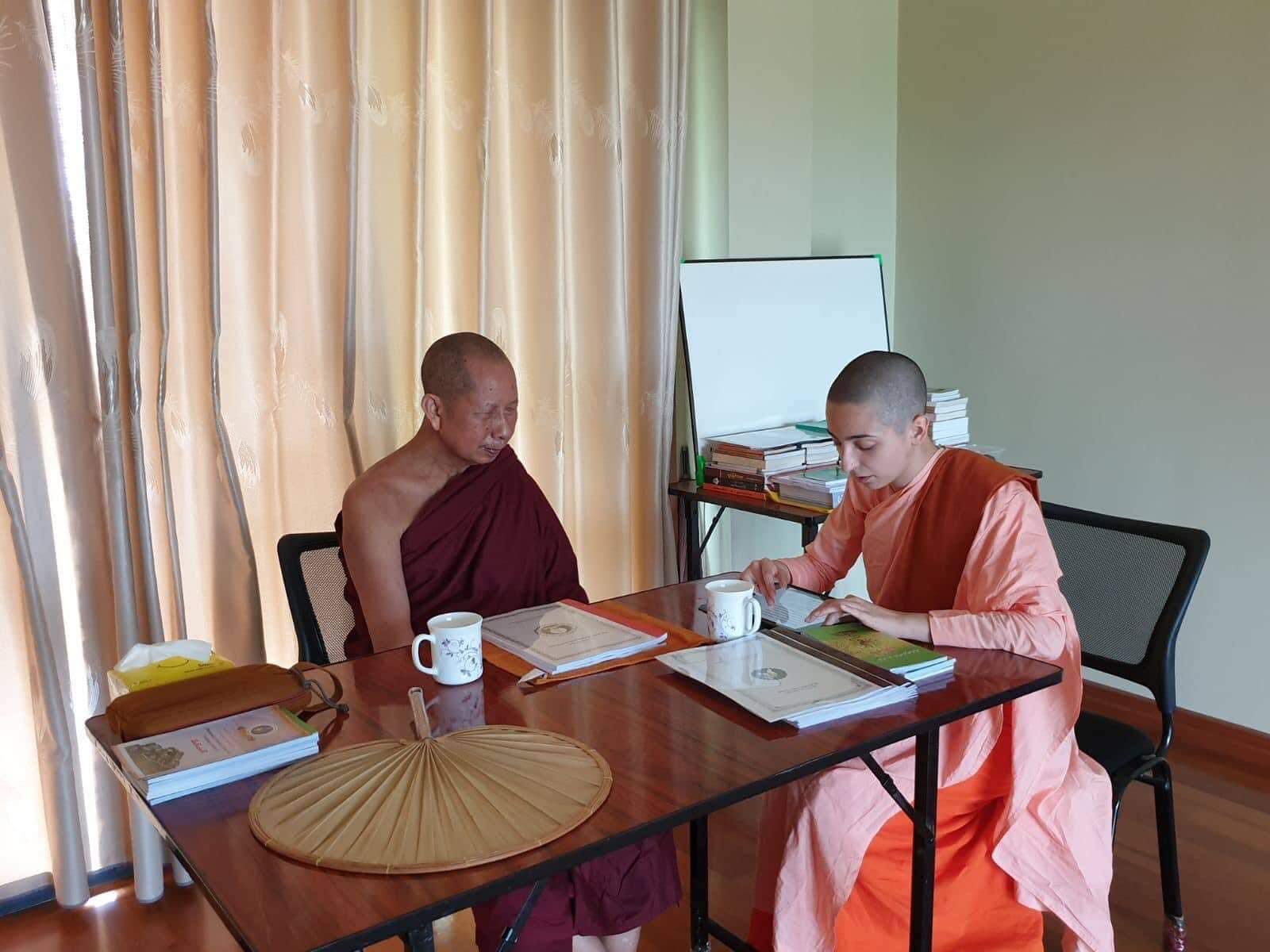
“I got to know the master who ordained me for the first time through my mutual friends on Facebook. He is called Ashin Nyanadipa and he runs his own monastery just one hour outside Yangon. As we talked, it became clear that he appreciated my Dhamma talks and articles as a laywoman,” she tells me. “I told me him openly that my dream was to ordain as a nun at least once in my lifetime, and guess what, maybe it was my good kamma or other people’s generosity, but I was able to realize this dream.”
It should be crystal clear that Gotami does not see herself as an outsider who knows better. She is also not a radical feminist, although she has shared with me some low moments when she has been exposed to presumptuous or inappropriate statements. Rather, she was determined to demonstrate her sincerity as a foreigner, a bar that can sometimes be set higher than for local Burmese. Gotami believes that allies within the Burmese structures of female and male monasticism are critical and form the other half of pressuring for change.
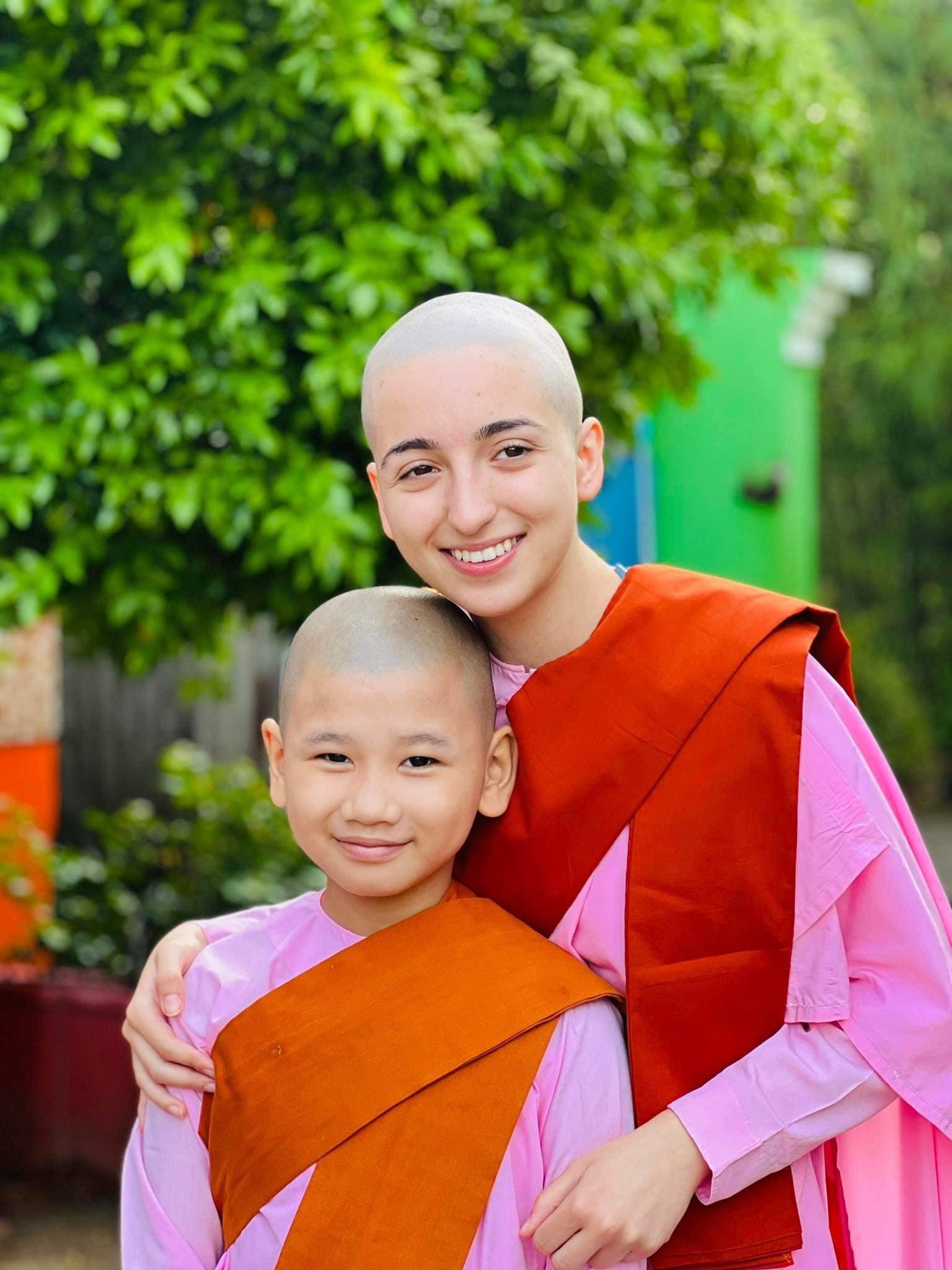
For example, one of her most admired people (she calls her a heroine) is Sayalay Khemaranthi, whom Gotami believes will spearhead the eventual reform of the women’s monastic structure in Myanmar (eventually leading to reinstating bhikkhuni ordination): “What she is doing is extremely unique and courageous in Myanmar. Whenever I get some unfair treatment and words, I remember about her example and feel strong again. She built a very big meditation monastery, where my friend is staying. They mostly listen to Dhamma and meditate four times a day. Even monks and men reside there because they like her preaching and meditation style. Despite this, not all monks and men are open to the idea that a woman can be teachers.”
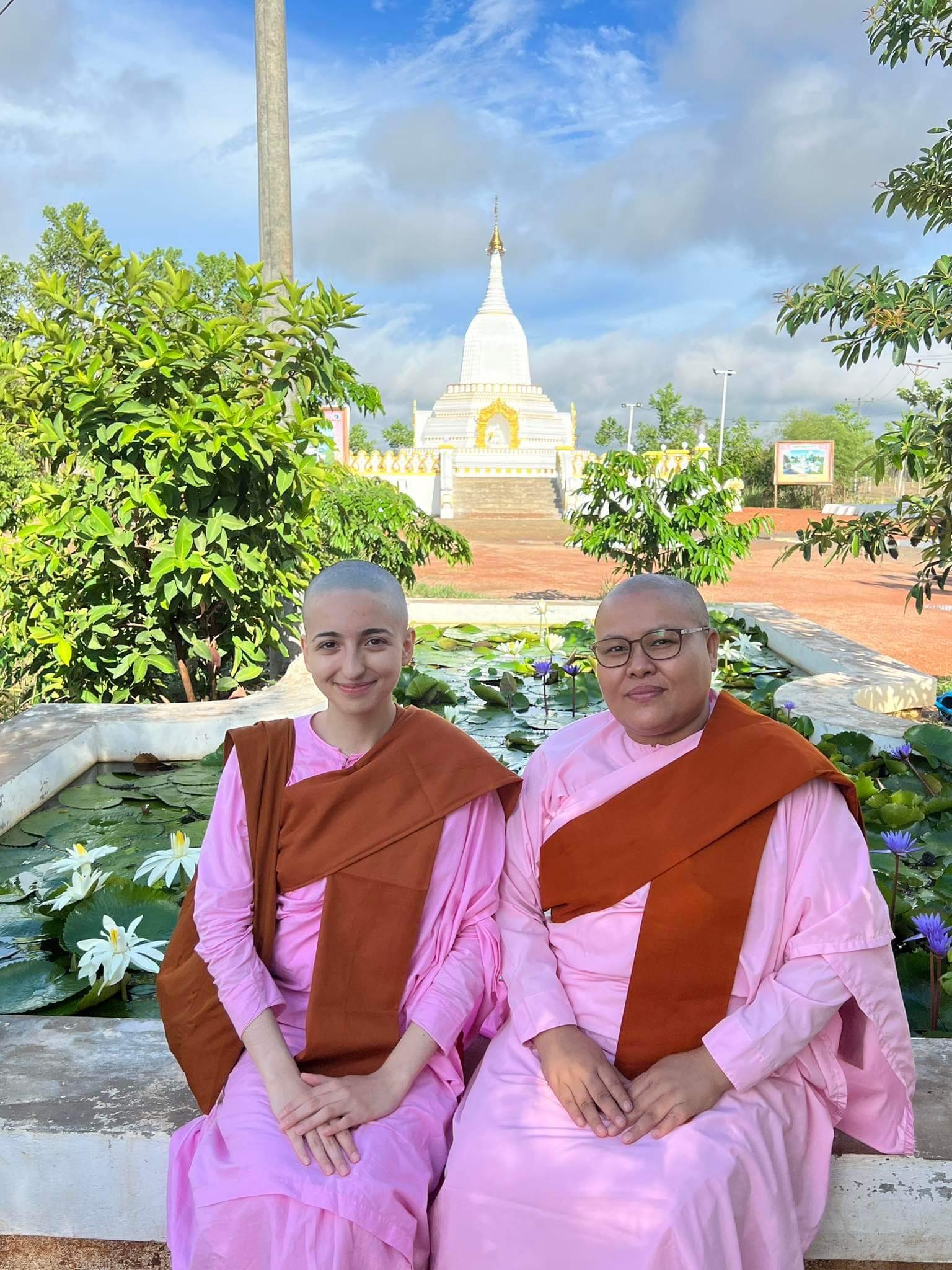
When she arrived in Yangon, she was received by Ashin Nyanadipa and was able to begin her life as a nun for the first time. “I had everything arranged, even though that time Myanmar was still closed to foreigners. I was lucky enough to get the visa anyway. I got help from my master and his devotees to book my flight ticket to Yangon.” This period lasted around 3 weeks. “In that short time, I had a taste of dedicating myself to Dharma propagation,” she says. “I was honored to go to different schools to speak to young people in English about the Dhamma. One of these was a popular monastic school called Paung Daw Oo in Mandalay. I was able to meet so many different people, and even talked to some authoritative monks that were guardians of the Tipitaka monks. When I was in my monastery, I would meditate with my dear nun-sisters who helped me in everything and acted like bodyguards wherever I went.”
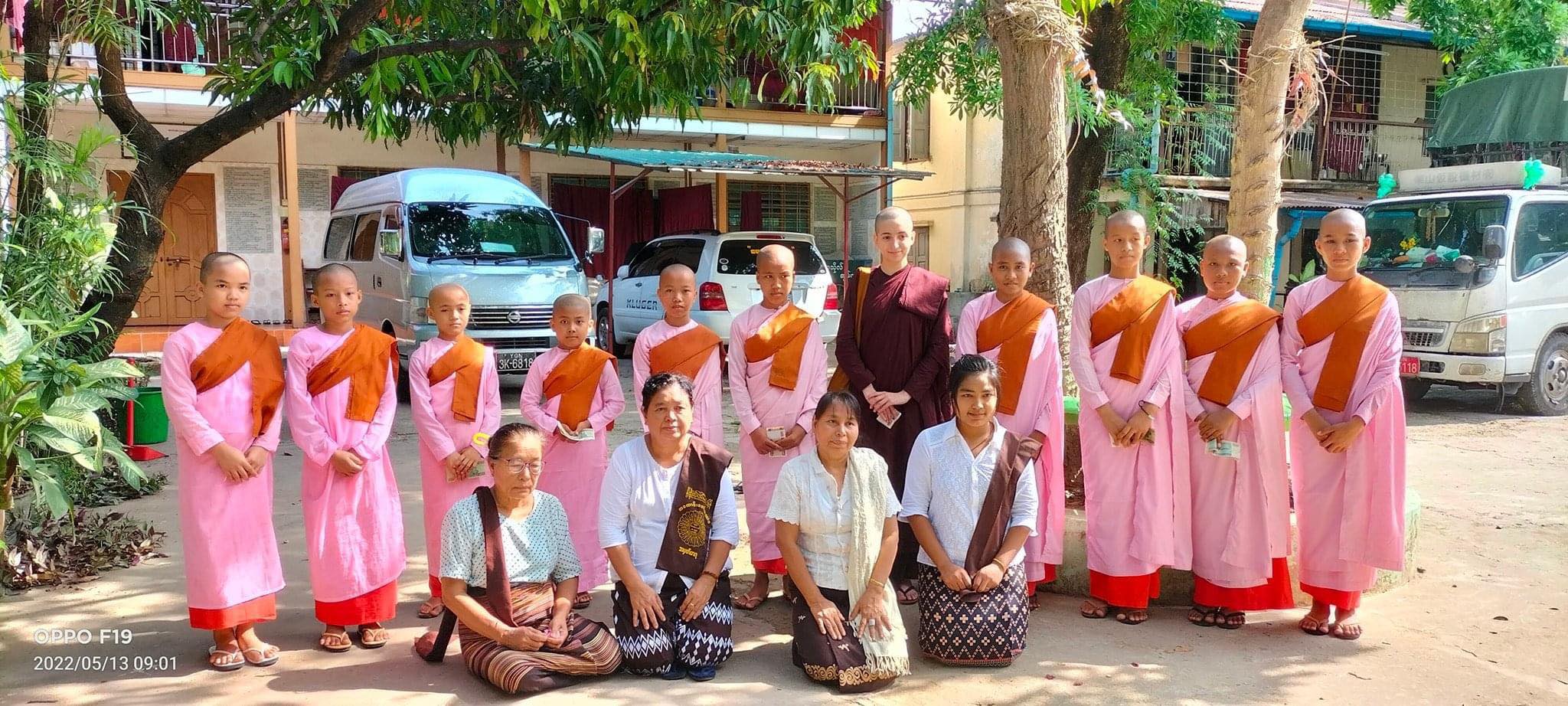
Gotami is unambiguous about how her life has completely changed since leaving Myanmar and returning to Milan. “Everything I learned made me more aware, helped me to learn how to challenge some situations that we may like less, but also how to live in the moment at the same time.” Currently, she splits her time between various European countries, including her home of Italy, building networks and generating interest in her work. Currently, she teaches a traditional vision of Theravada Buddhism that keeps fidelity with Burmese orthodoxy. Of course, the truth of Dhamma has absolutely nothing to do with how human beings (particularly men) structure ecclesiastic institutions and write laws favoring certain ways over others. By choosing to practice and preach within the limitations (and yet-to-be-unlocked potential) of the Burmese tradition means that she has entered into the battle of her spiritual life.
I believe that it is very important that she survives and thrives. The presence of Gotami and her monastic friends and allies in Myanmar indicate a real interest, harbored by young women and men alike, for a space in which women can be recognized properly for their dedication to the Buddha’s dispensation. This space cannot simply be a compromise with a historical narrative: it needs to take into account the global trend of senior bhikkhus and bhikkhunis coming together to re-establish lineages all over the world, from Bhutan to Bangladesh, and a growing recognition in secular law for gender equality. Since the Buddha stated long ago that the Vinaya, while regulating monastic conventions, should always conform to the law of the land in which it finds a home in, one must seriously look at whether Myanmar’s ecclesiastic system has catching up to do: not with the West, but with Buddhist trends across the globe. I have every reason to believe that Gotami, fresh and young though she may be currently, is going to be one of the women to spark this majestic reformation.
She will be going to Myanmar in just a few days, and we should all be watching her to see her progress.


